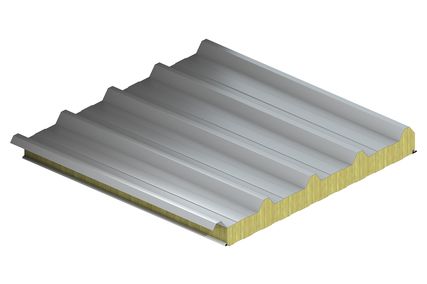It has been said that there will be no new cities in Australia and no new regional shopping centers in NSW for the foreseeable future. One exception might be the $18 billion St Andrews city project north of Perth. Even though the economy is experiencing high levels of growth, it is apparently not from servicing a populating birth rate – rather it is the result of subdividing and migratory households. Still, a record number of televisions and DVD players walk out of Gerry Harvey’s door to entertain these households, newly furnished in their purchased rather than rented property.
This Australian experience sits in deep contrast with the world’s population, now in excess of 6.25 billion, estimated to be growing unsustainably at the rate of one million persons per week. The increase characteristically occurs in larger family households, where one television, if there is one, will suffice.
Of course these households will in turn multiply and subdivide – creating yet more demand to be satisfied. This in turn produces more waste, more air pollution and toxic residues, burning more fossil fuels that produce carbon dioxide and so on. The collateral effect of consuming products in the way that they are currently designed is at odds with an ecologically sound system.
Except for what we eat, everything else that we “consume” is actually worn out and thrown away. Cars, boats, clothing, footwear, packaging, televisions, furniture, computers, interiors, silver goods (formerly known as white goods) all eventually arrive at a mythical place called “away”. Current environmental thinking says that if non-biological materials and chemicals contained in these goods could be endlessly reused in the manufacture of newer smarter goods, they become “technical nztrients”, like falling leaf matter is a “biological nutrient” for the next tree. This is creating new concepts like the “ecology of manufacture” – the circular recomposition of the same materials into new products, where products are not owned but are leased to consumers for return and remanufacture.
In this context consumption becomes desirable, and the economy is no longer in conflict with the environment.
The consumption of resources, including non-renewable energy, is but one factor facing the development industry right now. Improving the quality of bzildings, including utilizing environmentally sound design principles, is another. This may mean producing more effective, but less efficient buildings in the traditional quantity surveying sense.
Encouraging creativity in habitats and in innovative building forms that challenge traditional design values, is another essential ingredient to a sustainable future. Making landscaping a forethought rather than an afterthought will become fundamental to the new ecology of building, just as diversity in design expression will be as important as diversity in nature.
Graham Jahn FRAIA
RAIA National President















